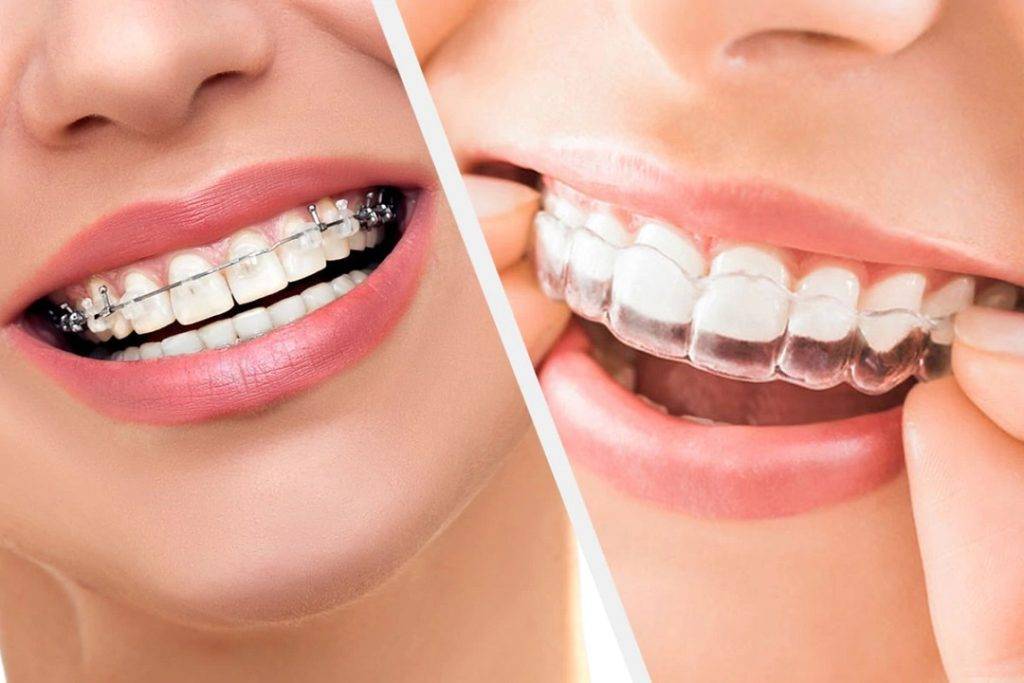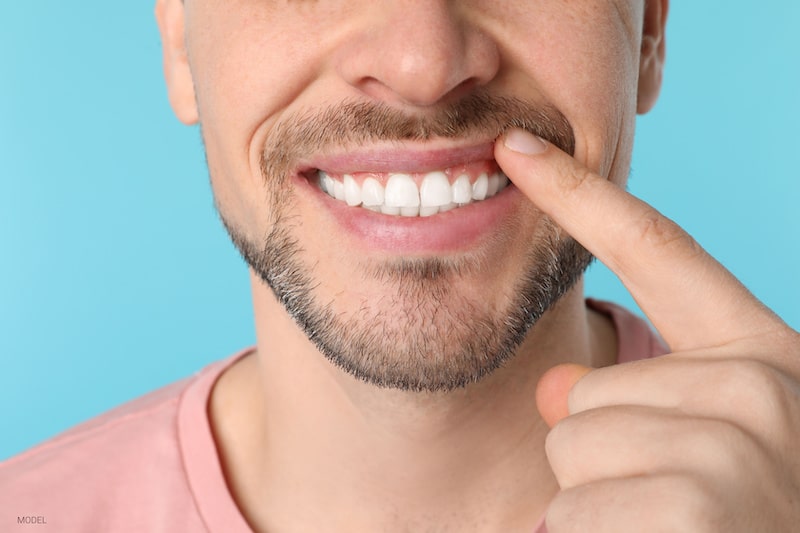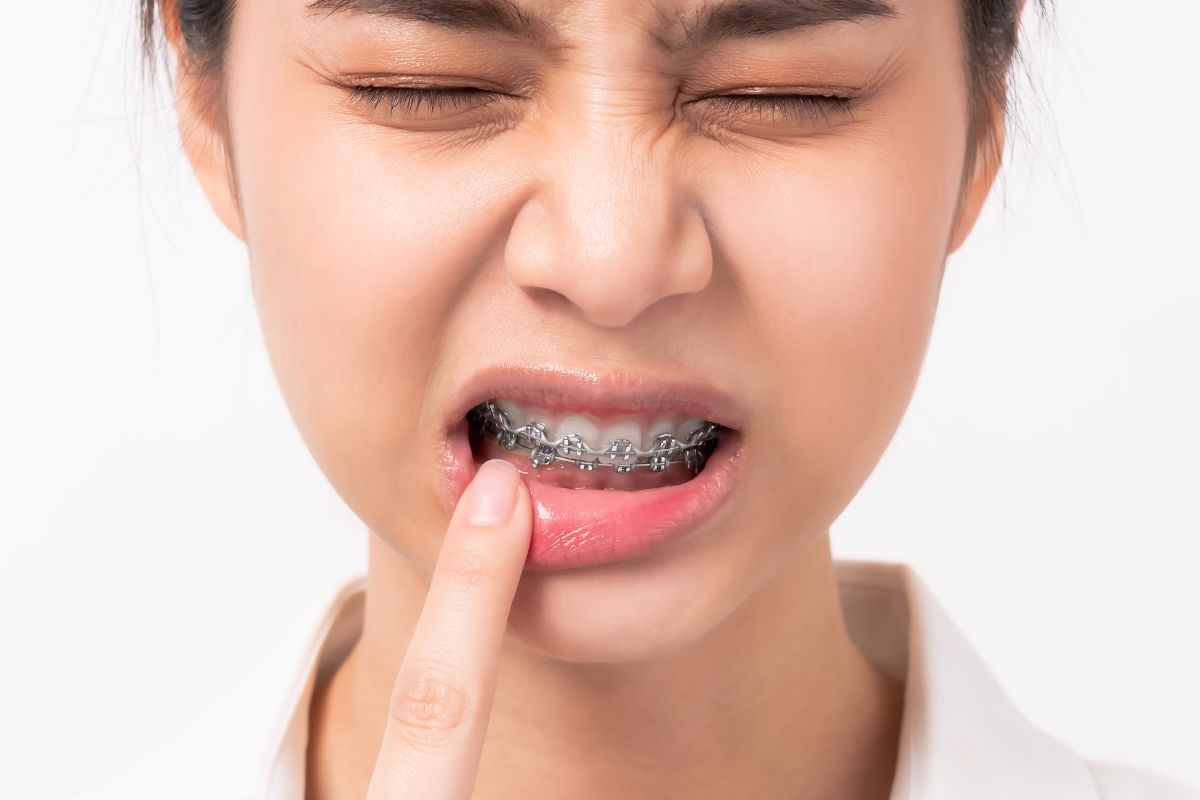Want straighter teeth but not into the whole metal-mouth look? You're not alone. Traditional braces aren’t the only way to get that confident smile.
From clear aligners to veneers and retainers, there are discreet, effective options that fit your lifestyle.
In this guide, we’ll break down the top alternatives to braces, how they work, and which one might be your perfect match.
How to straighten teeth without braces?
Straighten your teeth without braces using clear aligners like Invisalign or other dental appliances. These options are discreet and effective—consult your orthodontist to see if they’re right for you.
Key Takeaways
- There are several ways to straighten teeth without traditional braces, including clear aligners, retainers, and other options.
- Each method comes with its own set of benefits, such as being more discreet or comfortable.
- Consulting with a dental professional is essential to determine the most suitable option for your dental needs.
Clear Aligners: A Modern Alternative

Clear aligners have become a popular method for straightening teeth.
Unlike traditional metal braces, clear aligners are made from transparent plastic, making them virtually invisible when worn.
Brands like Invisalign have revolutionized teeth straightening by providing a more comfortable and discreet option.
How Do Clear Aligners Work?
Clear aligners work by gradually shifting your teeth into the desired position through a series of custom-made plastic trays.
You wear a different set of aligners every few weeks, with each new set slightly different from the last, until your teeth are aligned properly.
Benefits of Clear Aligners
Discreet: Clear aligners are nearly invisible, so they are an excellent option for those who want to straighten their teeth without drawing attention to their treatment.
Comfortable: They are made of smooth plastic, so you don’t have to worry about the irritation that can come with metal braces.
Removable: Clear aligners can be removed for eating and drinking, making them a convenient choice.
Drawbacks of Clear Aligners
Compliance: Clear aligners must be worn for at least 20-22 hours a day to be effective. You need to be diligent about wearing them consistently.
Not Suitable for Severe Cases: Clear aligners are ideal for mild to moderate misalignment but may not work for more severe dental issues, in which case traditional braces might still be necessary.
Dental Retainers: Retain What You’ve Already Achieved
While retainers are not typically used to straighten teeth, they are essential in maintaining alignment after other treatments.
However, some types of retainers are designed to help gradually shift teeth into position.
How Do Retainers Work for Straightening Teeth?
Retainers are custom-made devices, usually fitted to the top and bottom arches of the teeth, that apply gentle pressure to straighten the teeth.
Some retainers are designed to be worn full-time, while others are only worn at night.
Benefits of Retainers
Prevention of Relapse: After other teeth-straightening treatments like braces or aligners, retainers help keep teeth in place.
Comfortable and Convenient: Retainers are often more comfortable than braces and are easy to remove.
Drawbacks of Retainers
Limited Impact: Retainers are not as effective at straightening teeth as other options, as they are generally used for minor adjustments or maintenance.
Time-Consuming: To see results, you’ll need to wear the retainer for long periods, and it may take longer to achieve noticeable changes.
Veneers: Quick Cosmetic Solution
Dental veneers are thin shells of porcelain or composite resin that are bonded to the front of your teeth.
While they are primarily used for cosmetic improvements such as covering stains or chips, they can also be used to create the appearance of straight teeth.
How Do Veneers Work?
Veneers are custom-made to fit the shape and size of your teeth. The dentist will remove a small amount of enamel from the surface of your teeth to ensure the veneers fit properly.
Once placed, they can cover up crooked or misaligned teeth, giving the appearance of a straighter smile.
Benefits of Veneers
Quick Results: Veneers provide instant cosmetic improvement, giving you a straighter, more uniform smile without the lengthy process of orthodontics.
Minimal Discomfort: Since veneers are a non-invasive cosmetic procedure, they don’t require the same level of adjustment and discomfort as braces or aligners.
Drawbacks of Veneers
Not a True Solution: Veneers don’t actually straighten your teeth; they only mask misalignment.
If you’re looking for long-term functional correction, veneers may not be the best option.
Costly: Veneers can be expensive, and they may need to be replaced every 10-15 years.
Myobrace: Teeth Straightening for Children and Teens
Myobrace is an orthodontic treatment designed for younger children and teenagers to straighten teeth without braces.
It focuses on improving oral habits and promoting the natural alignment of the teeth through a series of custom-designed appliances.
How Does Myobrace Work?
Myobrace involves using removable appliances to correct habits that can affect teeth alignment, such as mouth breathing, tongue thrusting, and incorrect swallowing.
The system encourages the development of correct muscle patterns while slowly repositioning the teeth.
Benefits of Myobrace
Non-Invasive: Myobrace does not involve the use of braces or aligners, making it a non-invasive method of straightening teeth.
Early Treatment: It’s most effective when used during childhood or adolescence, helping to prevent the need for braces later on.
Drawbacks of Myobrace
Not for Adults: This treatment is typically recommended for children and teenagers, as their jaw and teeth are still developing.
Consistency Is Key: To be effective, the appliances need to be worn consistently, which may be challenging for some young children.
Frequently Asked Questions (FAQs)
1. Can clear aligners fix all types of misalignment?
Clear aligners are most effective for mild to moderate misalignment. They may not be suitable for severe cases, where traditional braces might be necessary.
2. How long does it take to see results with dental bonding?
Dental bonding can provide immediate cosmetic results, but it is not a permanent solution. It typically lasts 5-10 years, depending on oral habits.
3. Are there alternatives to braces that are more affordable?
Yes, options like dental bonding and clear aligners are often more affordable than traditional braces, especially for those with mild misalignment.
Conclusion
Straightening your teeth without braces is possible, and there are various options available depending on your needs, budget, and desired outcome.
From clear aligners to dental bonding, each method offers different benefits, so it’s important to choose the right option for your unique situation.
Be sure to consult with a dental professional to explore your options and determine the best approach for achieving the smile you desire.
%202.svg)



